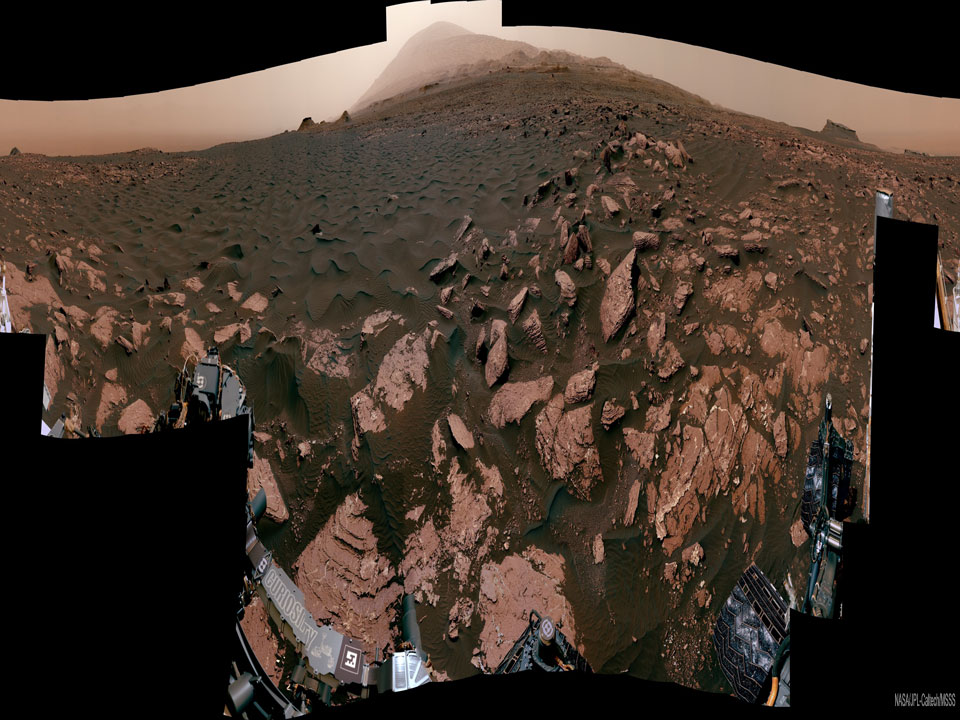No more error-prone evaporation deposition, drop casting or printing: Scientists have developed organic semiconductor nanosheets, which can easily be removed from a growth substrate and placed on other substrates.
via Science Daily
There are advances being made almost daily in the disciplines required to make space and its contents accessible. This blog brings together a lot of that info, as it is reported, tracking the small steps into space that will make it just another place we carry out normal human economic, leisure and living activities.
